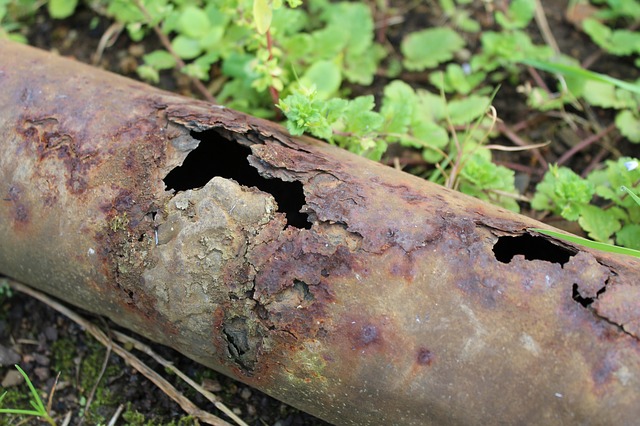Alternatives to CIPP
Sewer pipe repair and replacement is every homeowner’s nightmare. In the professional plumbing world, there are really only two categories for pipe repair: traditional and trenchless. Cured-in-place-pipe, or CIPP, is type of trenchless technology that has been around for decades. However, most people only envision the traditional approach to repairing and replacing sewer pipes. CIPP is not the only type of trenchless technology, though. Let’s talk more about the alternatives to CIPP.

What is CIPP
As mentioned above, CIPP, or cured-in-place pipe lining, is a type of trenchless technology. This process involves repairing and replacing old and damaged pipes by installing the new pipe within the old pipe. This technology allows pipe replacement and repair to occur without all the hassle. While CIPP has been utilized for decades, it is relatively new in US markets.

Reasons to Repair/Replace Pipes
Of course, the reasons for repairing or replacing your existing pipes can be numerous. Some of the most common reasons include pipe corrosion, cracked or collapsed pipes, and root intrusion. Like all things, pipes age, and if not properly maintained corrosion sets in. This can cause rust to build up and contaminate your water, along with other damaging effects. Weather also plays a major role in the aging or detriment of pipes. If water in a pipe is exposed to freezing temperatures, the effects can be disastrous. Once the weather warms, and the frozen water melts, the pipes can burst, spraying and leaking water everywhere. The roots of trees and plants are designed to seek out water. Sometimes this includes the water in your pipes.
Regardless of problems affecting your sewer pipes, once your plumber determines the issue and pinpoints the precise location, the solution is easily found by simply using modern technology. Our technicians are skilled video inspectors. An in line CCTV video camera allows them to capture images from inside the pipe. Once the issue and its location are known, steps can be taken to make repairs

CIPP Alternatives
Pipe bursting is alternative form of trenchless technology. It differs from CIPP in that, instead of placing a new pipe within an old pipe, a pipe bursting head is pulled through the pipe with the use of a winch and cables. The new pipe follows behind, and breaks up the old pipe as it is installed. At the conclusion of this process you are left with a stronger, new pipe.
Storm drain pipe lining is a specific process used when storm drains begin to corrode and cracks form in the concrete. To prevent the drains from collapsing and causing major disruptions to infrastructure, storm drain pipe lining uses a long felt fabric coated in resin. The fabric is pulled through the pipe, inflated, and then cured using hot water or steam.
A video inspection allows our experienced professionals to see exactly what issues you may be having, and to pinpoint exactly where it is located. Some issues are easily fixed with jetting technology. Jetting technology utilizes high pressure streams of water to clean out pipes. Cleaning sewer lines usually employs this method.
CIPP and Trenchless Technology
Because trenchless technology has been around for decades, and there are many alternatives to choose from. While traditional pipe repair and replacement is what comes to mind for most people, CIPP has many benefits along with trenchless technology processes. Depending on the type of problems you are facing, professionals experienced in trenchless pipe repair can help you determine which process is best for you.